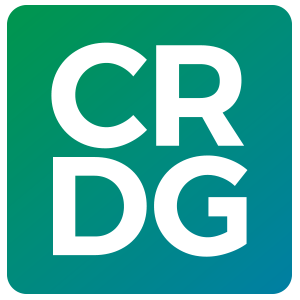
23 Feb UH and Singapore to collaborate on algebra curriculum

April 28, 2003
The Curriculum Research & Development Group (CRDG) of the University of Hawai‘i and Ngee Ann Polytechnic in Singapore today announced an agreement to collaborate on creating an introductory engineering mathematics course for Ngee Ann students in Singapore. CRDG’s Barbara Dougherty and Ngee Ann’s Pok Yang Ming and Chia-Khoo Beng Yang will lead a team of curriculum developers who will base the new course on Algebra I: A Process Approach, a curriculum created by CRDG.
Ngee Ann selected the program because it uses problem-solving and communication strategies—reading, writing, speaking, critical listening, and multiple representations—features that they believe lead to students’ deeper understanding of mathematics. The Singapore group is contributing a technology component to be used for tutorials and online assessments.
The final product, useful for post-secondary students in the United States and elsewhere, will be available for release to Ngee Ann students and other interested institutions in July 2004. CRDG and Ngee Ann staff will also create a professional development institute for post-secondary mathematics instructors to assist them in implementing a program based in problem solving.
This collaboration grew out of a professional development institute Dougherty presented 2 years ago in Singapore on using problem-solving instructional approaches in mathematics education. Ngee Ann became interested in CRDG’s algebra program, and after the institute Ngee Ann staff members reviewed their own materials and found them lacking in problem-solving tasks. They approached Dougherty to ask if CRDG would partner with them to create a new program.
Singapore’s eighth-grade students achieved the highest scores in the Trends in International Mathematics and Science Study (TIMSS) conducted in 1995 and1999. TIMSS is the largest international study of student achievement ever undertaken and measures students’ achievement in mathematics and science. In the 1999 study, the United States ranked nineteenth out of the 38 countries that participated. The outstanding performance by Singapore’s students in TIMSS has generated a growing export of Singapore’s mathematics textbooks, which are sought by some U.S. educators seeking to duplicate Singapore’s success.
Though she was initially surprised by the request, Dougherty said, “On thinking about it, our Algebra I program is a natural fit with the way math is taught in Singapore. Like us, they use increasingly complex word problems to teach students problem-solving skills, encouraging students to find different ways to solve and express problems, not simply memorize formulas taught by a teacher.”
Pok said, “My vision for Ngee Ann is that it is on the cutting edge. We want to incorporate effective instructional practices into rigorous mathematics.”
Dougherty added, “Though we’re pleased to be of service to mathematics education in Singapore, CRDG staff will also benefit from interacting with faculty from a country where mathematics education has clearly been successful.”
Last September, the U.S. Department of Education and the Singapore government signed a memorandum of understanding in which they agreed to cooperate to improve math and science education. The two countries will compare their math and science curricula, share effective practices in teacher preparation and professional development, and seek ways to raise students’ achievement in the subjects. The CRDG, University of Hawai‘i– Ngee Ann Polytechnic collaboration is believed to be the first co-authoring partnership of its kind to be announced since the agreement was signed.
CRDG is a research unit of the University of Hawai‘i’s College of Education and has been a developer of innovative educational programs and services since 1966. Ngee Ann Polytechnic is a public educational institution, established in 1963, where 14,000 students study business, engineering, science, information technology, media, and early childhood education.




